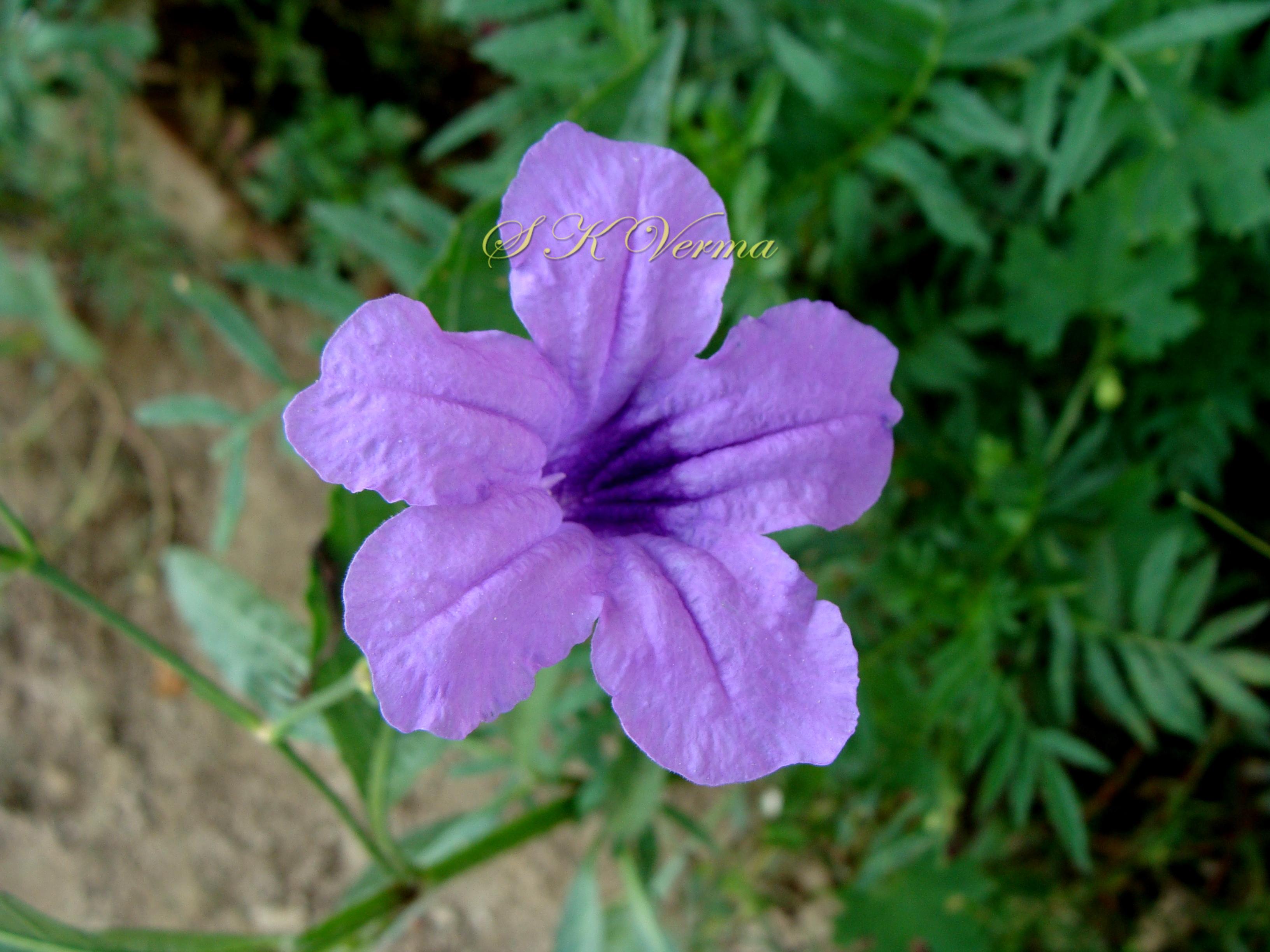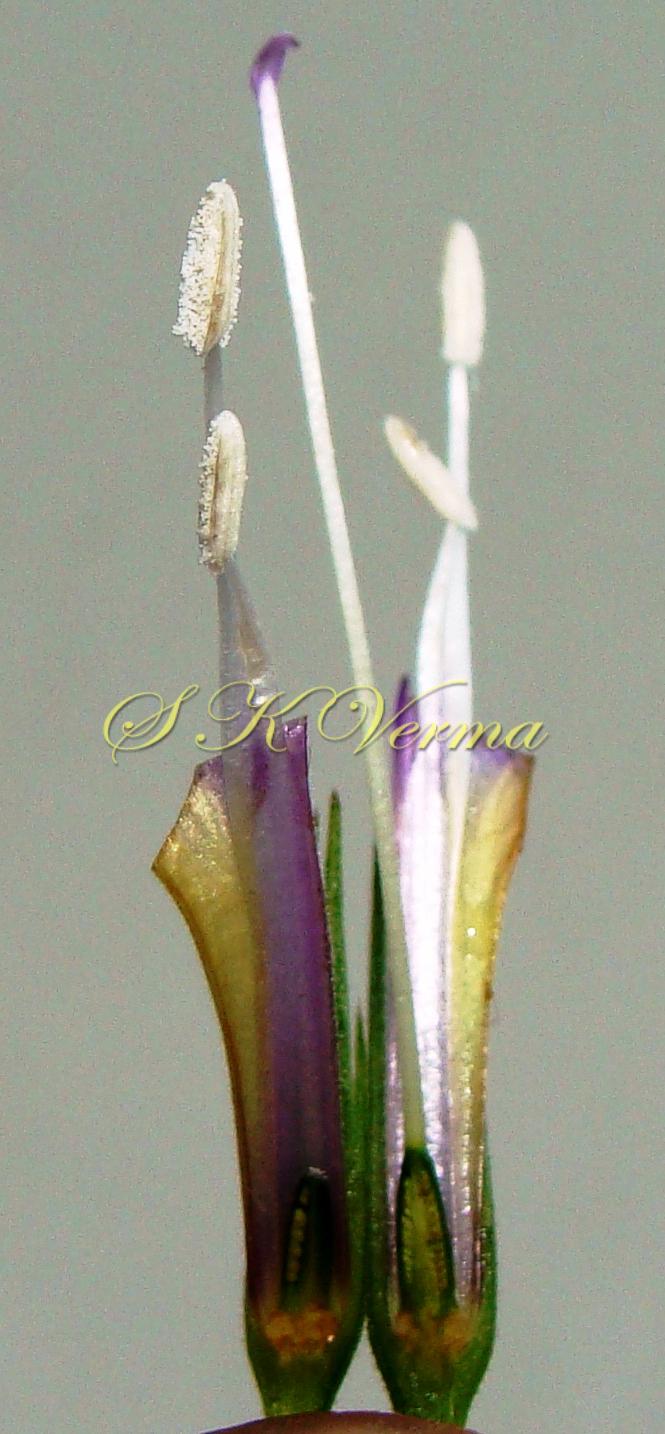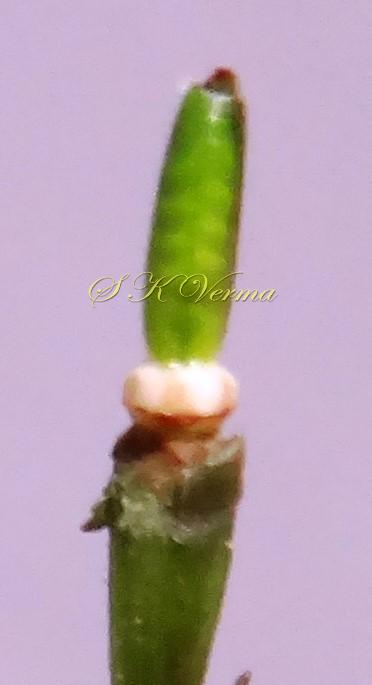RUELLIA
Ruellia
Plum. ex L., Sp. Pl. 634.1753; Gen. Pl. ed. 5. 283. 1754; Nees in DC., Prodr. 11: 143. 1847; Benth. & Hook. f., Gen. Pl. 2: 1077. 1876; Clarke in Hook. f., Fl. Brit. Ind. 4: 411. 1884; Malik & Ghafoor, Fl. Pak. @ eFloras.org p. 58.
Perennial, erect or prostrate to decumbent, herbs or shrubs. Leaves opposite, simple, sessile or petiolate; leaf blade elliptic or ovate-lanceolate, oblong-spathulate, entire, acute, acuminate or obtuse. Flowers bisexual, +/- actinomorphic, hypogynous, mostly large, red, yellow, purple or white, showy and chasmogaous (flowers open having exposed anthers and stigma; self or cross-pollination; flowers often prominent) or small and cleistogamous, pedicellate or sessile, solitary axillary or in terminal or axillary cymes or panicles, rarely spicate; bracts inconspicuous, usually linear and small or absent; bracteoles 2 or absent. Calyx deeply 5-partite, lobes linear or lanceolate, +/- equal. Corolla funnelform or salverform, tube straight, incurved or ventricose, the limb spreading, 5-lobed, lobes ovate, obtuse, contorted in bud. Stamens 4, didynamous, all fertile, the filaments inserted below throat and basally united in pairs, included or exserted; anthers dorsifixed, bithecous, thecae oblong, parallel, equal, basally muticous. Carpels 2, syncarpous; ovary 2-locular, ovules 2-10 in each locule, placentation axile; style slender, stigma unequally 2-lobed. Capsule oblong-cylindric or clavate-obovate or ellipsoid, usually 4-20 seeded. Seeds compressed and flat, ovate or orbicular, on acute strong retinacula.
365 species
Key to the species
1. Plants glandular-pubescent; leaf blade ovate to broadly ovate;
Capsule 16-18 seeded .............. R. ciliatiflora
+ Plants almost glabrous; leaf blade linear to linear-lanceolate;
Capsule 12-14 seeded..................R. simplex
Ruellia ciliatiflora
Ruellia ciliatiflora
Hook., Bot. Mag. 66: t. 3718. 1839; Ruellia nudiflora (Engelm. & A. Gray) Urb., Symb. Antill. 7: 382. 1912; Ruellia occidentalis (A.Gray) Tharp & F.A. Barklay, Amer. Midl. Naturalist 42: 25. 1949.
Erect, perennial herb from woody caudex, 30-50 cm tall. Stem articulate, squarish, green, nodes swollen, pubescent with flexuous trichomes, ca. 2.5 mm long, sometimes with dense understorey of straight trichomes and glands. Leaves opposite, grey-green, petiolate; petiole up to 3.5 cm long, adaxially channelled, setaceous (with trichomes); leaf blade ovate to broadly ovate, 10-17 cm x ca.4.5 cm, coriaceous, both surfaces with multicellular trichomes confined to veins, margin undulate, distantly toothed, base attenuate, tapering into petiole, apex acute to shortly acuminate; 7-8 pairs of lateral nerves. Inflorescence axillary, dichasial to monochasial cymose, up to ca. 15 cm long, peduncle triangular in C.S.; Basal/lower bracts ca. 1cm long, becoming gradually smaller towards apex, lanceolate, acute; bracteoles absent. Flowers funnelform, purple, ca. 5 cm long, bisexual, slightly zygomorphic, hypogynous, purple. Calyx deeply 5-partite, lobes 1.5-1.7 cm long, linear to linear-lanceolate, glandular hairs on outside. Corolla purple, funnelform; tube glandular hairy, 3-3.5 cm long, ventricose, basal part narrow, widened above; limb spreading, lobes 5, +/- equal, 10-12 mm long, obovate, rounded or oblong with apex rounded or irregularly emarginate. Stamens 4, all fertile, didynamous, inserted in the tube below throat, basally united in pairs, included; filaments ca. 7.5 mm (small) and ca. 1.5 cm (large) long; anthers ca. 5 mm long, dorsifixed, hairy at the back, bithecous, thecae oblong, parallel, equal, basally muticous. Carpels 2, syncarpous; ovary ca. 5 mm long, tuft of glandular hairs at the junction of ovary and style, 2-locular, many ovules per loculus; style filiform, ca. 2 cm long, pubescent; stigma bifid, unequal. Disc annular. Capsule 12-22 mm x 5 mm, ellipsoid, glandular. Seeds 16-18 per capsule, 4 mm x 3 mm, compressed, flat, ovate or orbicular, on acute strong retinacula.
Flowering and Fruiting:
Almost throughout the year
Common Names:
Wild Petunia, Violet Wild Petunia, Common Wild Petunia, Violet Ruellia.
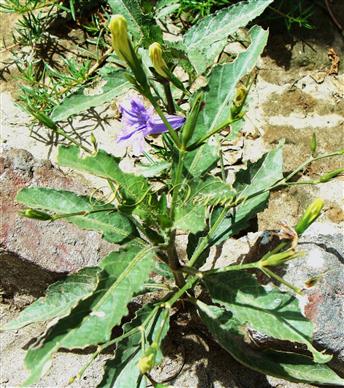
.jpg)
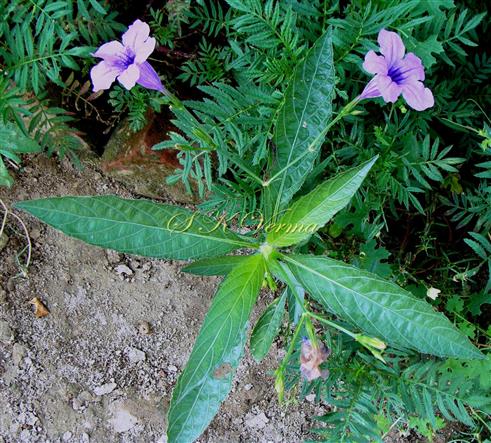
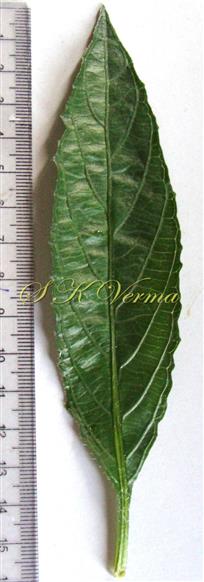
-9905.jpg)
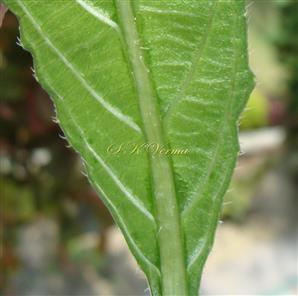
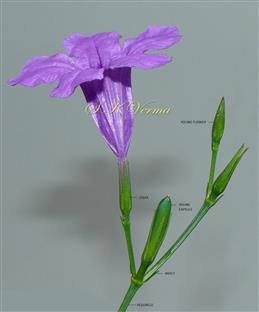

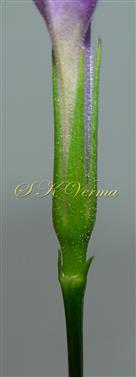





.jpg)


-9905.jpg)


